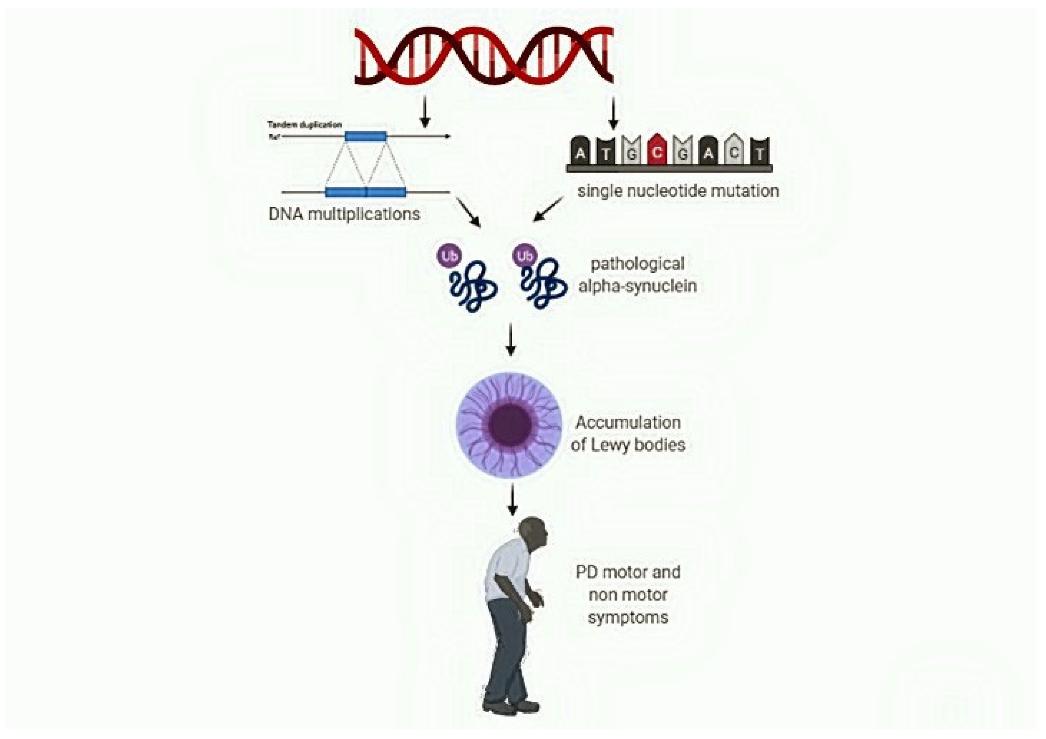What is SNCA Protein
The SNCA protein, officially known as Alpha-Synuclein, is a pivotal player in the intricate orchestra of cellular function. Synonyms for this protein include NACP (non-amyloid component precursor), and SNCA is often associated with neurodegenerative disorders. This enigmatic protein belongs to the synuclein family, characterized by its unique structural features and classified as an intrinsically disordered protein. Recent research strides have shed light on its elusive nature, revealing critical insights into its physiological and pathological roles.
SNCA Biological Functions and Molecular Mechanisms
Alpha-Synuclein's biological functions are as diverse as the tissues it inhabits. Primarily found in neural tissues, SNCA is intricately involved in neurotransmitter release and synaptic plasticity. Its modulatory role in synaptic vesicle trafficking and recycling is crucial for maintaining cellular homeostasis. At a molecular level, SNCA interacts with phospholipids, impacting membrane dynamics and contributing to the regulation of synaptic vesicle exocytosis.
However, the dual nature of SNCA becomes apparent when considering its association with pathogenic conditions. In neurodegenerative diseases, SNCA undergoes misfolding and aggregation, forming insoluble fibrils that constitute Lewy bodies—a hallmark of Parkinson's disease. The molecular mechanisms behind this transition from a functional to pathological state remain an active area of investigation.

Figure 1. The impact of SNCA variation in the development of non-motor symptoms in Parkinson's disease. (Magistrelli L, et al., 2021)
SNCA Related Signaling Pathway
Deciphering the signal pathways associated with SNCA offers a roadmap to comprehend its role in health and disease. The intricate interplay between SNCA and cellular signaling cascades is an area of active exploration. Notably, studies have highlighted the involvement of oxidative stress, mitochondrial dysfunction, and inflammation in the SNCA-related pathogenesis. Unraveling these complex pathways could unveil potential therapeutic targets for mitigating the impact of SNCA dysregulation.
SNCA Related Diseases
The intricate dance between SNCA and diseases extends beyond Parkinson's. Accumulating evidence implicates SNCA in various neurodegenerative disorders, collectively termed synucleinopathies. These include Parkinson's disease, dementia with Lewy bodies, and multiple system atrophy. The common denominator is the aberrant aggregation of SNCA, leading to cellular dysfunction and, ultimately, neuronal demise.
Understanding the specific triggers and mechanisms that propel SNCA from its normal function to a pathological state is pivotal for developing targeted therapeutic interventions in synucleinopathies.
SNCA's Applications in Biomedicine
The versatile nature of SNCA extends beyond its involvement in neurodegenerative disorders. In the realm of biomedical applications, SNCA has emerged as a promising candidate for diagnostic development, vaccine design, and therapeutic interventions.
- Diagnostic Development: SNCA's presence in cerebrospinal fluid and its association with neurodegenerative diseases make it an attractive biomarker for diagnostic assays. Researchers are exploring its potential as a non-invasive diagnostic tool, offering early detection and monitoring capabilities for synucleinopathies.
- Vaccine Development: Harnessing the immune system's potential, SNCA has become a focal point in vaccine development. Immunotherapeutic strategies targeting SNCA aim to stimulate the immune response against aberrant forms of the protein, potentially slowing or halting disease progression.
- Therapeutics: The quest for effective therapeutics in synucleinopathies has led to innovative approaches centered around SNCA. Small molecules targeting SNCA aggregation, gene therapies modulating its expression, and neuroprotective strategies are on the horizon, offering hope for patients grappling with these debilitating disorders.
Recommended Products
| Cat.# | Product name | Species | Source (Host) | Tag |
|---|---|---|---|---|
| SNCA-6937H | Recombinant Human Synuclein, Alpha (non A4 component of amyloid precursor) | Human | E.coli | N/A |
| SNCA-2837H | Recombinant Human SNCA, GST-tagged | Human | E.coli | GST |
| SNCA-240H | Active Recombinant Human SNCA protein | Human | E.coli | N/A |
| SNCA-2055H | Recombinant Human SNCA Protein, His (Fc)-Avi-tagged | Human | HEK293 | His (Fc)-Avi |
| SNCA-2058H | Recombinant Human SNCA Protein, MYC/DDK-tagged | Human | HEK293 | Myc/DDK |
| SNCA-293H | Recombinant Human Synuclein, Alpha (Non A4 Component of Amyloid Precursor), 1-60 | Human | E.coli | N/A |
| SNCA-385H | Recombinant Human SNCA Protein | Human | E.coli | N/A |
| SNCA-5970H | Recombinant Human SNCA Protein, Myc/DDK-tagged, C13 and N15-labeled | Human | HEK293T | Myc/DDK |
| SNCA-292H | Recombinant Human Synuclein, Alpha (Non A4 Component of Amyloid Precursor), 96-140 | Human | E.coli | N/A |
| SNCA-3509H | Recombinant Human SNCA protein, GST-tagged | Human | E.coli | GST |
Reference
- Magistrelli L, Contaldi E, Comi C. The impact of SNCA variations and its product alpha-synuclein on non-motor features of parkinson's disease. Life. 2021, 11(8): 804.

